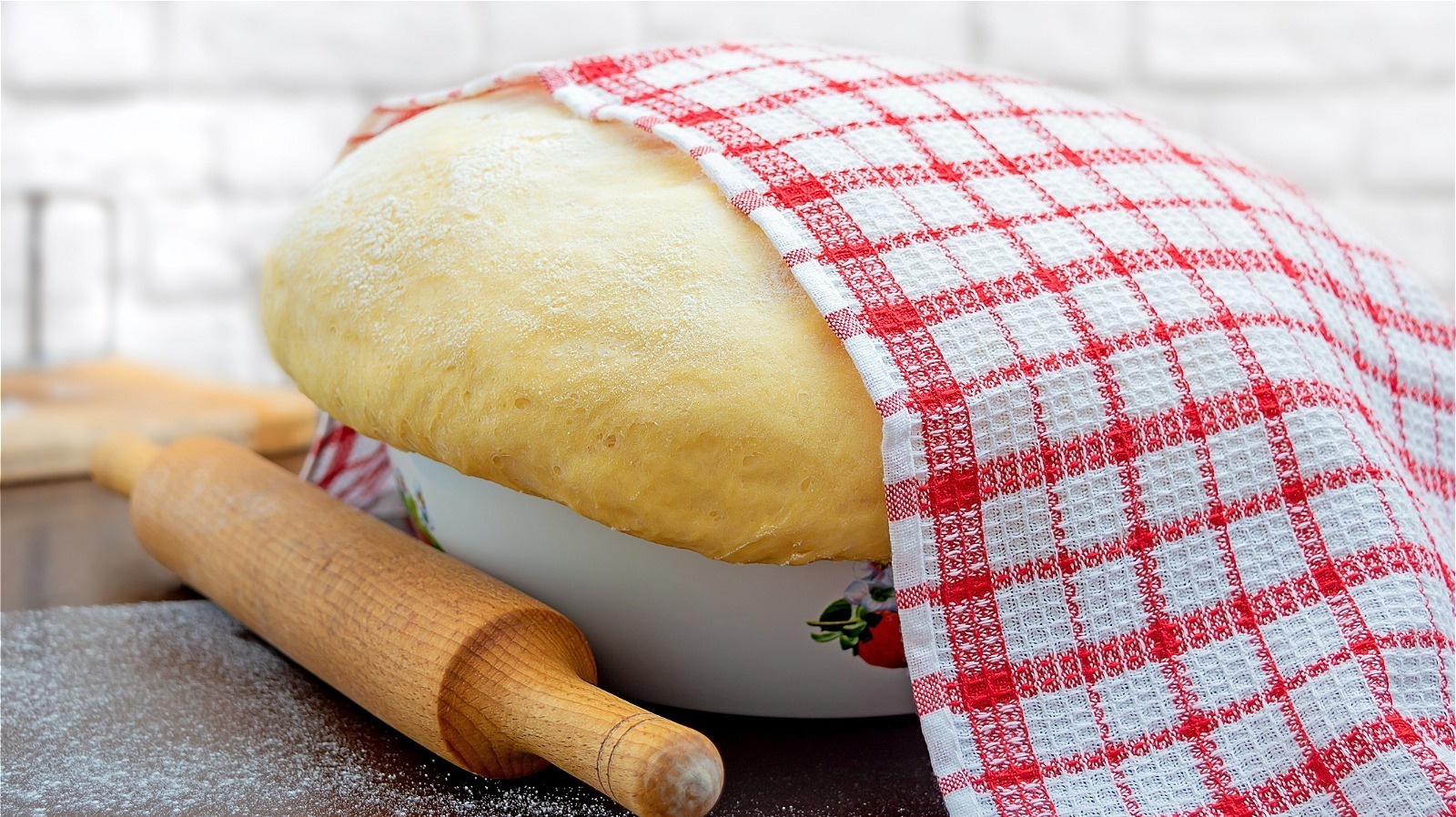
A vital step in the bread-making process is the application of the aforementioned products — with a bit of mixing and stirring — but most importantly: kneading. Kneading is probably one of the most rewarding activities of the bread baking process, and it is through this action that gluten forms, giving the dough elasticity. (That's why baking gluten-free is a challenge, per Scientific American). Kneading helps the dough reach readiness for bulk fermentation (first rise), then proving (last rise before baking). The dough's state of readiness is determinable through touch.
Good bread dough is resilient, though not hard or dry. It is highly elastic, difficult to break into pieces, and more inclined to stretch. Because of the latter, bread bakers use sharp instruments (dough cutters) to portion dough for rolls and bread, per Taste of Home.
Ready-to-bake dough should spring back after you test it by putting a minor dent in it with your finger. It is consistent without pockets of dry flour or ingredients, and it doesn't stick to the sides or bottom of a dish even after it rises, per the 2014 Great British Bake Off contestant Luis Troyano (via BBC Good Food).
"bread" - Google News
August 01, 2022 at 02:22AM
https://ift.tt/4rq93ib
How To Know If Your Yeast Bread Dough Is Ready To Bake - Mashed
"bread" - Google News
https://ift.tt/eZopOCY
https://ift.tt/8peXwaz
Bagikan Berita Ini














0 Response to "How To Know If Your Yeast Bread Dough Is Ready To Bake - Mashed"
Post a Comment